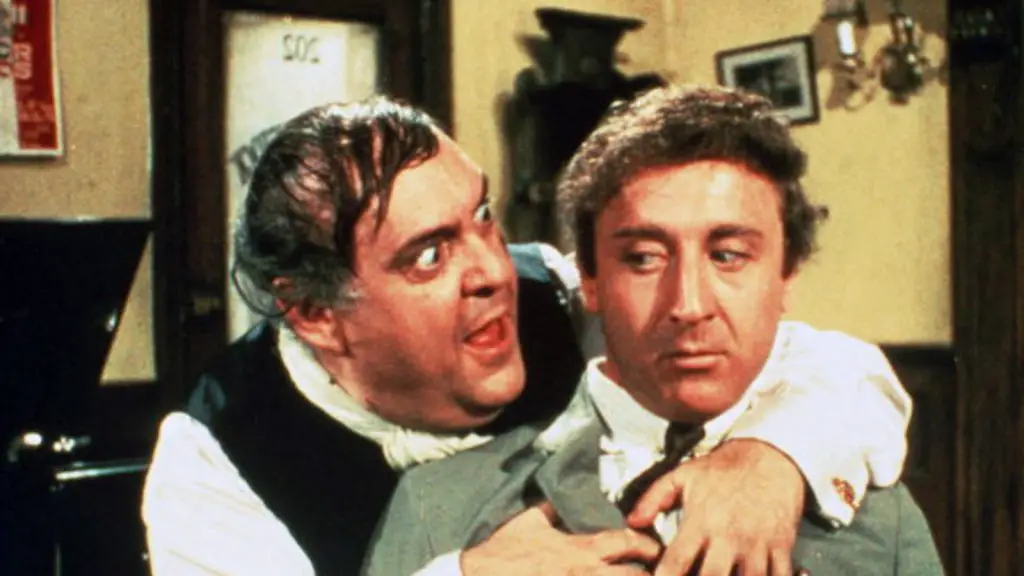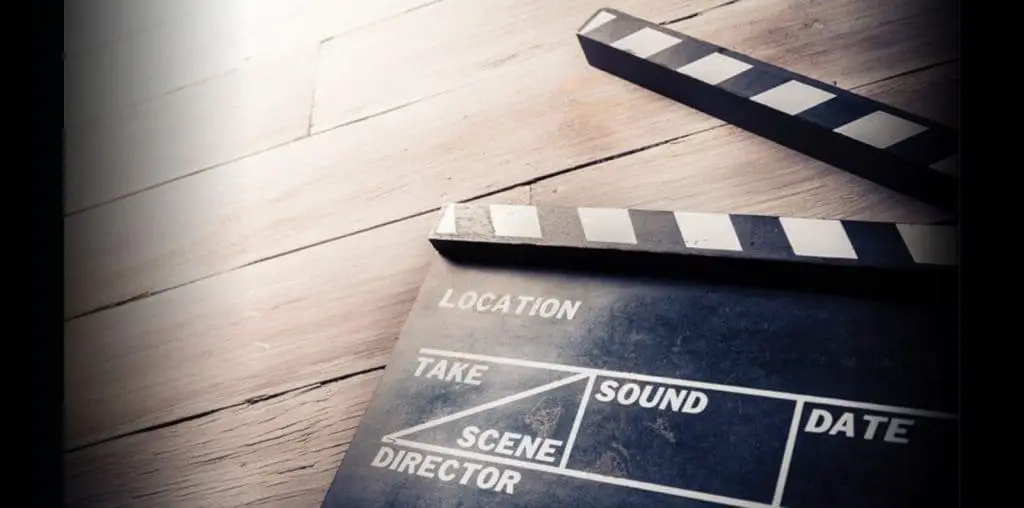
Just like any other skill or art, an outstanding cinematographer must continuously look for novel techniques of enhancing his/her craft. Though it might be easy to practice, practice, and practice, even more, it is a lot more difficult to develop pragmatic and creative methodologies of growing your knowledge base each day. Below are seven ways that you can enhance your cinematography skills and become a professional filmmaker.
1. Borrow Some Skills from Photography
This is quite simple and true: the art of cinematography has a lot in common with photography, particularly when it comes to the basic principles. Though one might argue that there are higher stakes in photography since one frame must take full advantage of all its elements. It is only through this way that the photograph can evoke an emotion and tell a story. There are camera settings such as color temperature, exposure as well as the depth of field that are just as critical as cinematography concepts. These are the likes of focus, the rule of thirds, and foreground, middle ground, and background Canvas Wall Art Photo Prints.
2. Use Social Media
Social media platforms such as Snapchat and Instagram are not only cultural phenomena for video and image sharing. They are also powerful tools for amateur cinematographers looking to hone their skills. Based on your interest levels in a platform such as Instagram, you can exploit its full potential by trying out a new approach in order to bolster your understanding of the factors that make some images outstanding. With its rich editing features that cover all things from contrast, shadows, hue, etc., this platform can offer invaluable insight into new skills you might not have known about.
“…you not only need to have a solid understanding of cinematography but also in-depth knowledge of camera technologies.”
3. Experiment with Different Lenses and Cameras
To become good at photography, you not only need to have a solid understanding of cinematography but also in-depth knowledge of camera technologies. Try to find ways in which you can undertake photoshoots on different cameras. You can either borrow, rent, or even buy your own. You can also use a similar approach while trying to develop a unique writing style. Try out different methods of writing to determine what works. Furthermore, you can find an essay writer service that allows you to download essay samples and templates composed using different styles.
4. Try Different Aspect Ratios
In cinematography or photography, the aspect ratio is the proportional correlation between an image’s height and width. One method of leaving your comfort zone is through practicing the shooting process in various aspect ratios. This is very important for the growth of skills. An astute cinematographer needs to have full comprehension of what it entails to shoot using all types of image/film configurations, whether it is a 1:1 box or a cinemascope with an aspect ratio of 2.35:1. The photography director normally makes the final decision and recommendations according to the dictates of the particular story.
“An astute cinematographer needs to have full comprehension of what it entails to shoot using all types of image/film configurations…”
5. Practice the Art of Storyboarding
A storyboard is an organization of images or illustrations sequentially displayed on a drawing surface for purposes of pre-visualizing animations, motion pictures or interactive media. Even though it might not be the most exciting part of cinematography. Storyboarding still forms an essential part of filming tasks. A professional cinematographer must develop a storyboard of every single shot within the whole film–usually by hand. You can also use online resources as well as application to assist in this process.
6. Learn the Process of Color Grading
Thanks to technology, film crews are continuously shrinking, and cinematographic roles are continuously merging. In the modern, multifaceted environment, a professional cinematographer needs to understand the concept of color grading properly. Taking a deeper look, it makes much sense for a Director of Photography to understand how an image’s final color will come out. This will assist in selecting the best shooting method that yields the intended results.
7. Watch Tutorials
We are currently in the information age. If you are determined, you can learn anything under the sun that you wish. One way of doing this is through watching online videos on platforms such as YouTube, Vimeo, and other online video resources. The democratization of knowledge is also rife in the filmmaking industry. You can find countless videos that elucidate to you all the cinematographic processes. These range from:
- The basics
- The core concepts
- Dealing with device malfunctions
- Tips and tricks
The above tips are a surefire way through which you can bolster your skills in cinematography. All you need to have is a passion, and then put in the requisite effort.



[…] essay helper online […]
[…] Academy of Math and Science on the University essay writer service of Florida features a massive collection of books around the topic of physics and astronomy. If […]
[…] and have turn out to be a part of the common language of science and scientists generally. essay writer service A single such term is known as “flaccid […]
[…] essay writer service […]